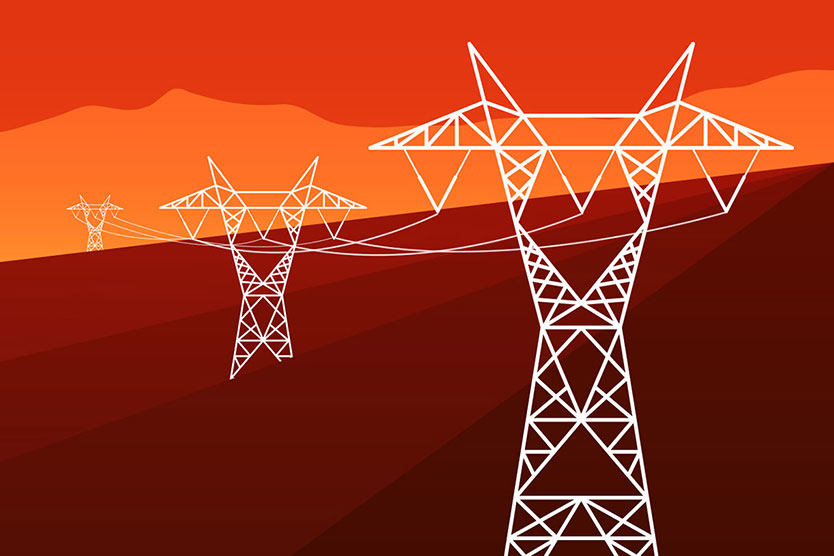
“Grid-forming converters” are electronic devices that convert direct current (DC) into alternating current (AC) and can respond to short-term demand and provide inertia.
© BMWi
German consumers take the stability of their electricity supply for granted. But grid stability is physically provided by large synchronous generators in conventional coal and gas power stations, which are successively being powered down in the course of the energy transition. Without these giant rotating masses bringing inertia to the system to generate a steady sinusoidal current, shortfalls and peaks occur in the electricity supply, which present a major problem.
Back in August 2017, the Fraunhofer Institute for Solar Energy Systems (ISE) set out to resolve this issue with the “VerbundnetzStabil” project, funded by the Ministry for Economic Affairs and Energy. It focused on so-called “grid-forming converters” as a solution – essentially electronic devices that convert direct current (DC) into alternating current (AC) and can respond to short-term demand and provide inertia. Fraunhofer ISE worked with KACO new energy GmbH to develop them.
“Our research clearly shows once again that a changeover from synchronous generators to grid-forming converters is a viable solution and the increasing urgency of such a changeover,” says Roland Singer, group manager for Converter-Based Grids at Fraunhofer ISE in a press release.
“At the same time, we were able to clearly lay down what the grid of the future will actually require and, with the help of a test guideline that we drew up, provide suggestions for important technical details for which no clear standard yet exists,” adds Dr Sönke Rogalla, head of the Power Electronics and Grid Integration Department at Fraunhofer ISE.
Rogalla says there is now consensus among the transmission system operators that grid-forming converters are necessary for a large share of the new renewable energy plants, including wind and solar, being connected to the grid. The next stage will be to implement the technology into a photovoltaic power plant to test it in real conditions.


